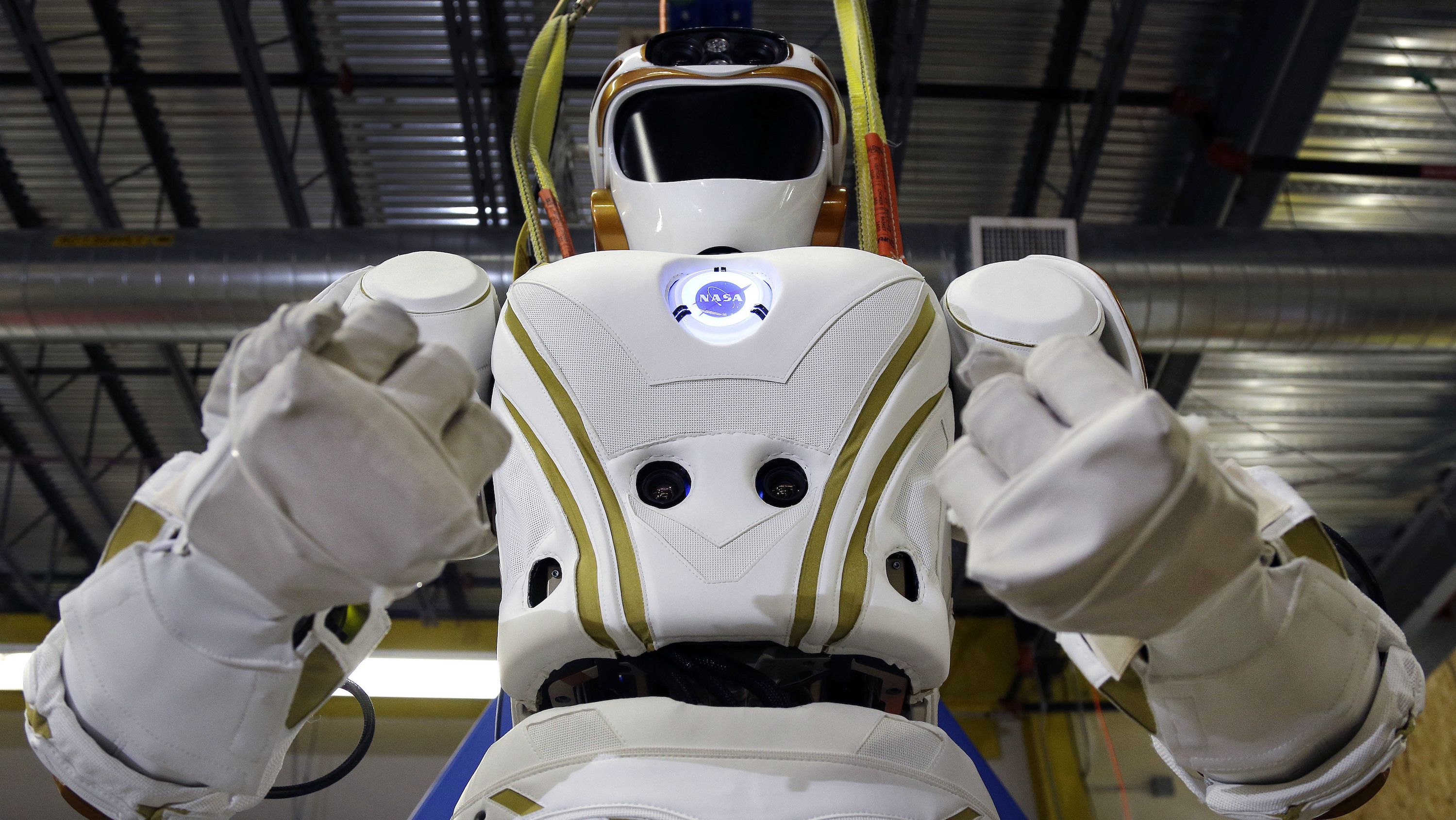The world is now facing what observers are calling a "synchronized" growth upswing. What does this mean for the economic convergence of developed and developing countries, a topic that lost salience after the Great Recession began a decade ago?
In the 1990s, developing economies, taken as a whole, began to grow faster than their advanced counterparts (in per capita terms), inspiring optimism that the two groups' output and income would converge. From 1990 to 2007, the developing economies' average annual per capita growth was 2.5 percentage points higher than in the advanced economies. In 2000-07, the gap widened to 3.5 percentage points, news outlets reported.
Though not all countries made progress—many small economies did not do well—on an aggregate basis, the structure of the world economy was being transformed. Asian countries were catching up at a particularly rapid clip, driven by the large, dynamic economies of India and, even more so, China (which experienced nearly three decades of double-digit GDP growth).
After the global financial crisis began in 2007, however, the dynamic changed. At first, it seemed that convergence was accelerating. With advanced-economy growth having ground to a halt, developing countries' lead in per capita growth increased to 4 percentage points.
By 2013-16, however, growth slowed in many emerging economies—particularly in Latin America, with Brazil experiencing negative growth in 2015 and 2016—while growth in the US picked up. Are we, as some observers have claimed, witnessing the end of convergence?
The answer will depend on developing economies' ability to find and tap new, more advanced sources of growth. In the past, the key engine of convergence was manufacturing. Developing countries that had finally acquired the needed skills and institutions applied advanced-country technologies locally, benefiting from plentiful, low-cost labor.
But that source of easy copycat catch-up has mostly been exhausted. The low-hanging fruit in manufacturing has already been picked. Technological catch-up is more difficult in the services sector, which now accounts for a larger share of total value-added, Global Times said.
Cutting-Edge Technologies
Moreover, today's cutting-edge technologies—such as robotics, artificial intelligence (AI), and bioengineering—are more complex than industrial machinery, and may be more difficult to copy. And, because intelligent machines can increasingly fill low-wage jobs, developing countries' cost advantage may have been diminished significantly.
Yet the impact of such technologies—in particular, automation and AI—is more nuanced than that. Aggregate output is a function of traditional labor, traditional capital, and capital involved in tasks that can be performed entirely without labor. Growth in traditional labor- and capital-augmenting technological progress, or in labor-displacing progress, would increase output, but growth in the latter would also lead to reduced labor demand and lower wages. By contrast, productivity growth, the deepening of automation, or the creation of entirely new tasks would increase labor demand and push up wages.
Of course, for robotics and AI to appear in developing-country value chains, including services that rely on frontier technologies, a minimum set of specific skills and infrastructure will be needed. But deploying some new technologies and tasks in the emerging economies may turn out to be no more difficult or costly than in advanced countries.
Labor-Displacing Technologies
Here, much will depend on what kind of complementary labor is required. It is often assumed that a pool of very highly skilled labor is crucial to deploy AI. That may be true in some cases, but the opposite may be true in others. For example, the new labor-displacing technologies could make feasible activities for which there had been insufficient skilled labor. Thus, complete automation can lead to a greater share of an economic activity being located in a developing country.
Another factor that will shape the process of technological upgrading in developing countries is global firms' willingness to invest. Global market structures and pricing will partly determine the distribution of benefits. But so will countries' efficiency in learning regulatory lessons, including how to design rules that attract investors, capture important segments of value chains, and secure a sufficiently large share of the gains from innovation. Those countries that learn quickly may actually grow faster than advanced economies, even in high-tech sectors.
Of course, for many countries and sectors, there remains considerable room for traditional catch-up—a process that will likely continue to fuel growth. But it will not be enough to fuel true convergence. For that, developing countries will need to deploy new technologies relatively efficiently, taking into account the role of labor-market skills and regulations. This will not be easy, and we may never return to the "golden age" of convergence that preceded 2007. But new technologies should not be expected to stop convergence, even if, as is likely, they slow it down.


